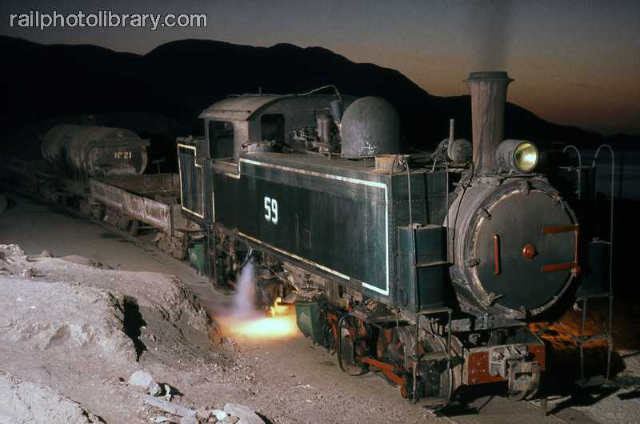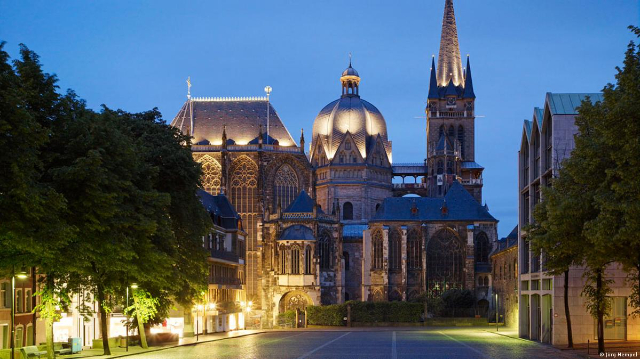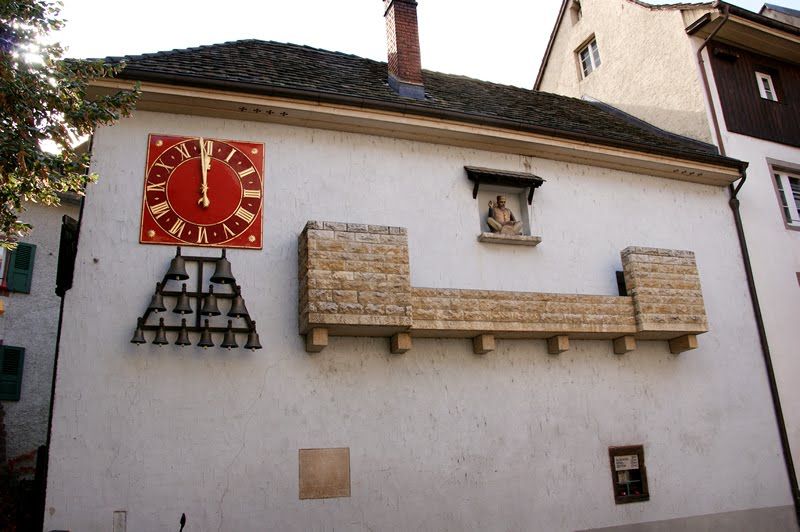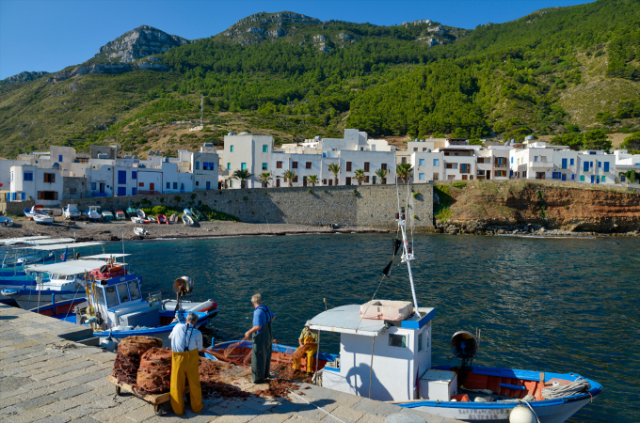The most important part of the Capuchin Convent and Church is the crypt below, which has, moreover, made the town of Savoca famous. It was built below the Church and the overlooking small square in the early 1600s. Inside it are 37 mummies. The first dates back to 1776, of the nobleman Pietro Salvadore, and the last to 1876, that of Giuseppe Trischitta. As with the Convent of the Capuchins in Palermo, the mummies belong to the aristocracy of Savoca, such as, for example, noble patricians, lawyers, priests, monks, abbots, doctors, poets, magistrates and three children. As the mummies, at the end of the embalming process, were clothed in elegant robes, in the niches and coffins that contain them, there appears, almost like a photo, a small town of that time: the Savoca of yesteryear.
Of the 37 mummies, 17 are displayed along one wall of the crypt, contained in niches, the others are kept in urns and coffins, also from the basement. An altar is also present, probably for the celebration of suffrage masses.
It took about sixty days to "produce" a mummy, and the mummification process was similar throughout most of Sicily. It was a method called natural drying. The corpse initially underwent a two-day bath in a dilution of salt and vinegar. After waiting for the viscera to drain, it was taken to the crypt, where "natural" drying took place, thanks to the air currents proper to the environment. Once the mummy was obtained, it was dressed in its clothing and put on solemn display inside the crypt.
That mummification had become something of a fashion in nineteenth-century Sicily is shown by the presence in Savoca itself (and in the rest of Sicily, as we shall see) of other crypts and other mummies, such as in the Mother Church of Santa Maria in Cielo Assunta, built in 1130 and now an Italian national monument, inside which are preserved other corpses of notables of the town.
In 1998, during restoration work on the ruined Church of the Immaculate Conception (to be used as a municipal philharmonic center), the ancient crypt, where the friars of the Convent of the Franciscan Friars Minor and the inhabitants, themselves, of the San Rocco neighborhood were buried, was discovered under the floor of the temple.













